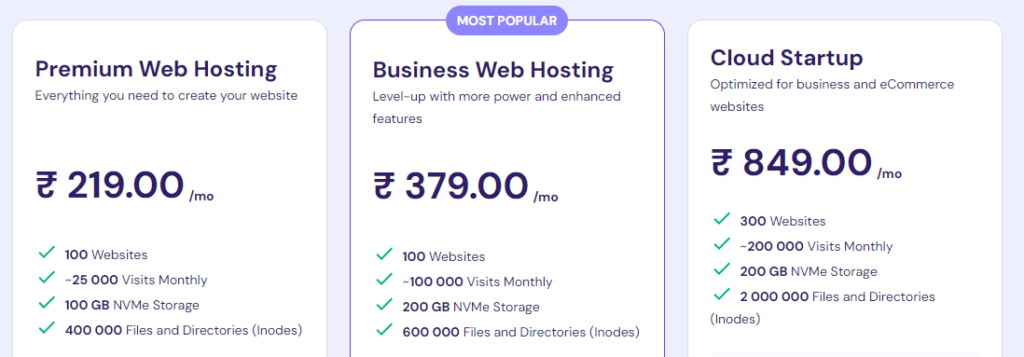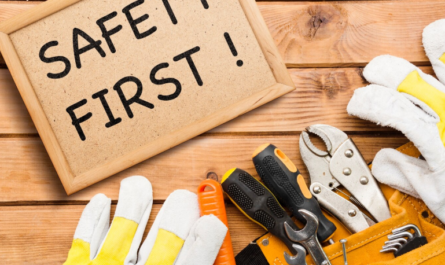Safety isn’t just a compliance checkbox. It’s a culture.
Organizations that understand this don’t just enforce safety—they inspire it. One of the most effective ways to inspire a safe work environment is through a carefully designed system of financial and non-financial incentives.
In this article, we’ll break down how different incentives drive safety performance, the psychology behind them, real-world examples, and tips for implementing a sustainable safety incentive program. Whether you’re a safety officer, HR manager, or a business owner, you’ll walk away with ideas you can put into action today.
🛑 Why Safety Incentives Matter
Let’s get one thing clear: safety incentives don’t replace training, equipment, or enforcement. Instead, they enhance engagement, motivate behavior, and encourage a safety-first mindset.
Here’s what smart incentives can do:
- Reduce injury rates
- Boost morale
- Lower insurance and compensation costs
- Encourage proactive behavior (like hazard reporting)
- Promote teamwork and accountability
But not all incentives are created equal.
💰 Financial Incentives: Putting Money Where the Safety Is
Financial incentives are rewards that have direct monetary value. They’re tangible, immediate, and often very effective—especially when safety feels abstract to frontline workers.
1. Cash Bonuses
One of the most straightforward motivators.
Example: A monthly ₹2,000 bonus for zero lost-time injuries in a department.
Pros:
- Quick motivation boost
- Easy to track and distribute
Cons:
- Can create underreporting of incidents if not managed carefully
2. Gift Cards or Vouchers
Giving employees gift cards for safety achievements is another popular choice.
Example: ₹500 Amazon voucher for the best near-miss reporter of the month.
Why it works: It personalizes the reward and adds a fun element without being too formal.
3. Paid Time Off (PTO)
Rewarding safety with extra leave is powerful. Time is often more valued than money.
Example: “Safety Champion of the Quarter” gets 1 extra paid day off.
4. Safety Lotteries
Add excitement by turning safe behavior into a game.
Example: Every safe behavior or hazard report earns a raffle ticket for a bigger monthly prize like a smartwatch or tablet.
But a word of caution: Lotteries should be in addition to—not a replacement for—systematic safety efforts.
💡 Non-Financial Incentives: The Power of Purpose
Believe it or not, not all motivation is about money. In fact, recognition, growth, and meaning are often more powerful than cash—especially for long-term behavior change.
Let’s dive into the non-financial motivators that keep safety sustainable.
1. Public Recognition
People want to feel seen and appreciated.
Ideas:
- Shout-outs in meetings or newsletters
- “Safety Star” of the week board
- Personalized thank-you notes from leadership
It’s simple but impactful.
2. Career Advancement Opportunities
Employees who consistently demonstrate safe behavior could be:
- Fast-tracked for promotions
- Nominated for internal committees
- Selected for advanced training or certifications
This aligns personal growth with organizational safety goals.
3. Involvement in Safety Committees
Inclusion is a powerful motivator. Invite workers to co-create safety policies and procedures.
Why it works: Ownership leads to commitment.
4. Team Celebrations
When teams hit safety milestones, celebrate together.
Ideas:
- Lunches or breakfast meetings
- Certificates and trophies
- Group outings (picnics, bowling, etc.)
These foster camaraderie, which in turn reinforces safety through peer support.
⚠️ Common Pitfalls of Incentive Programs (And How to Avoid Them)
Not every incentive is a good incentive. Here’s what to watch out for:
1. Underreporting of Incidents
If your program only rewards “zero accidents,” you may discourage honest reporting.
Fix: Reward reporting and proactive behavior instead of just outcomes.
2. Short-Term Thinking
A one-time reward may give a brief boost, but won’t create lasting change.
Fix: Combine short-term incentives with long-term development opportunities.
3. One-Size-Fits-All Programs
What motivates one person might not work for another.
Fix: Offer flexible rewards—let employees choose between options when possible.
🧠 The Psychology Behind Safety Incentives
Let’s break this down with a little science.
✅ Positive Reinforcement
Rooted in behavioral psychology, positive reinforcement increases the likelihood of a behavior recurring. If someone receives a reward after performing a desired action, they’re more likely to repeat it.
Use case: Rewarding someone for consistently wearing PPE without reminders.
❤️ Intrinsic vs. Extrinsic Motivation
- Extrinsic (external rewards): Money, gifts, bonuses
- Intrinsic (internal satisfaction): Pride, purpose, recognition
A great safety program nurtures both. Start with extrinsic motivators, but design your system to eventually foster intrinsic motivation—where employees act safely because they want to, not because they have to.
🛠️ How to Build a Safety Incentive Program That Works
Now, let’s get practical. Here’s a step-by-step guide to designing your own safety incentive system.
Step 1: Define Clear Safety Goals
Set specific, measurable goals like:
- Increase hazard reporting by 20% in 3 months
- Zero PPE violations over 60 days
- 100% safety training attendance
Step 2: Involve Employees
Before launching the program, get feedback:
- What motivates them?
- What behaviors do they think should be rewarded?
- Any past experiences (good or bad) with safety programs?
Step 3: Choose a Mix of Incentives
Combine financial and non-financial rewards. Use a tiered approach:
- Daily/weekly recognition (small wins)
- Monthly achievements (medium rewards)
- Annual awards (big celebration)
Step 4: Track Progress Transparently
Use dashboards, safety boards, or internal communication to:
- Announce winners
- Share stats
- Celebrate milestones
This builds momentum and shows leadership commitment.
Step 5: Review and Adjust
Run quarterly reviews to assess:
- What’s working?
- Are people engaging honestly?
- Any signs of underreporting?
Adapt your system as needed.
📊 Real-Life Example: A Manufacturing Plant’s Success Story
A mid-sized manufacturing unit in Pune launched a safety incentive program with the following structure:
- ₹1000 cash bonus for monthly zero first-aid cases per shift team
- ₹500 Flipkart gift card for best safety suggestion
- “Golden Helmet Award” for the safest employee of the quarter
- Public recognition in town halls
- Safety wall-of-fame on factory floor
Results after 6 months:
- Incident reports increased by 30% (due to better reporting)
- First-aid cases dropped by 40%
- Engagement in safety meetings doubled
The blend of monetary and recognition-based rewards created a positive safety culture without compromising integrity.
🌟 Conclusion: The Future of Safety Is Human-Centered
At the end of the day, safety isn’t about rules. It’s about people.
When you use incentives the right way, you’re not just encouraging safe behavior—you’re telling your team that their lives and choices matter. That they’re valued. And that the workplace isn’t just a job—it’s a community.
So whether you’re handing out bonuses or high-fives, remember: motivation is contagious. Design your program to spark pride, ownership, and momentum—and your safety culture will never be the same again.
🔄 Final Checklist: Building Your Incentive Program
✅ Define specific, behavioral safety goals
✅ Mix financial and non-financial incentives
✅ Prioritize proactive behaviors (like reporting, suggestions)
✅ Avoid rewarding “zero incidents” alone
✅ Keep rewards visible, consistent, and fair
✅ Get employee input early and often
✅ Track outcomes and adjust quarterly
📢 Have You Tried Safety Incentives at Your Workplace?
We’d love to hear about your experience!
Drop a comment below 👇 and let us know:
- What worked
- What didn’t
- Your best incentive ideas
Let’s learn from each other and keep building safer, stronger teams—together.
👉 Ready to transform your workplace safety program? Share this blog with your team or safety committee and spark the conversation today!
🔁 Readers also enjoyed these blog posts:
- Safety Management’s Role: The Unsung Hero Behind Every Successful Organization
- Safety Management and Its Responsibilities: Protecting People, Preventing Hazards, and Promoting a Culture of Care
- Benchmarking for Safety Performance: A Key to Continuous Improvement
“Start Your Website Journey Today – Exclusive Hostinger Discounts!”

Turn Any Idea into Viral,
Jaw-Dropping AI Videos in Seconds!










